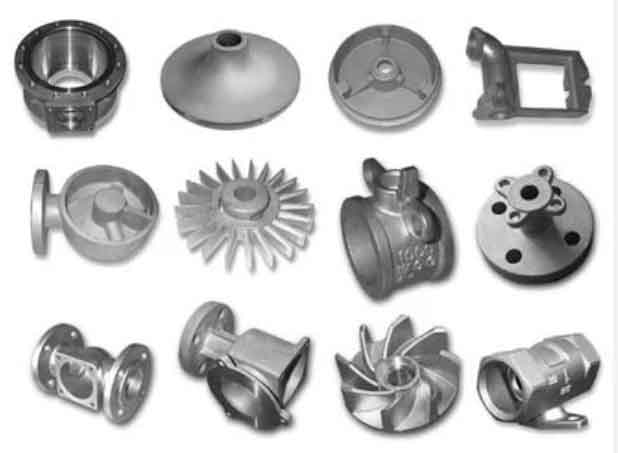Ductile iron casting is a versatile and widely used manufacturing process that unlocks the potential for complex engineering applications. It is a form of cast iron that exhibits improved ductility and toughness compared to traditional gray cast iron. This enhanced material property makes ductile iron an ideal choice for a wide range of applications where strength, durability, and intricate shapes are required.

The process of ductile iron casting involves the melting of iron, along with small amounts of other elements such as carbon, silicon, and magnesium, in a furnace. The molten iron is then poured into a mold, typically made of sand, and allowed to cool and solidify. During the cooling process, the addition of magnesium promotes the formation of graphite nodules within the iron matrix, giving the material its ductile properties.
One of the key advantages of ductile iron casting is its exceptional strength and toughness. Ductile iron has a higher tensile strength than most cast metals, including gray cast iron. This makes it well-suited for applications that require components to withstand heavy loads and impacts, such as automotive parts, machinery components, and pipe fittings. Its ability to absorb and dissipate energy also makes it a preferred choice for applications subject to dynamic loading and vibration.
Another significant advantage of ductile iron casting is its ability to be cast into complex shapes and intricate geometries. The sand molds used in the casting process allow for intricate patterns and details to be replicated with high accuracy. This flexibility in design enables engineers to create complex components with varying wall thicknesses, undercuts, and internal features. It also reduces the need for additional machining operations, leading to cost savings and faster production times.
Furthermore, ductile iron casting offers good corrosion resistance, heat resistance, and wear resistance, depending on the specific alloy composition and heat treatment processes. These properties make it suitable for applications in harsh environments, such as marine and chemical industries.
Despite its numerous advantages, there are some considerations when working with ductile iron casting. It has a higher material cost compared to gray cast iron, and the casting process itself requires careful control of parameters to ensure proper formation of graphite nodules and minimize the occurrence of defects. Additionally, ductile iron is relatively heavy, which can be a consideration in weight-sensitive applications.
In conclusion, ductile iron casting is a valuable manufacturing process that unlocks the potential for complex engineering applications. Its combination of high strength, toughness, and the ability to create intricate shapes makes it a preferred choice for a wide range of industries. By leveraging the advantages of ductile iron casting, engineers can design and produce components that meet stringent performance requirements and contribute to advancements in technology and infrastructure.
